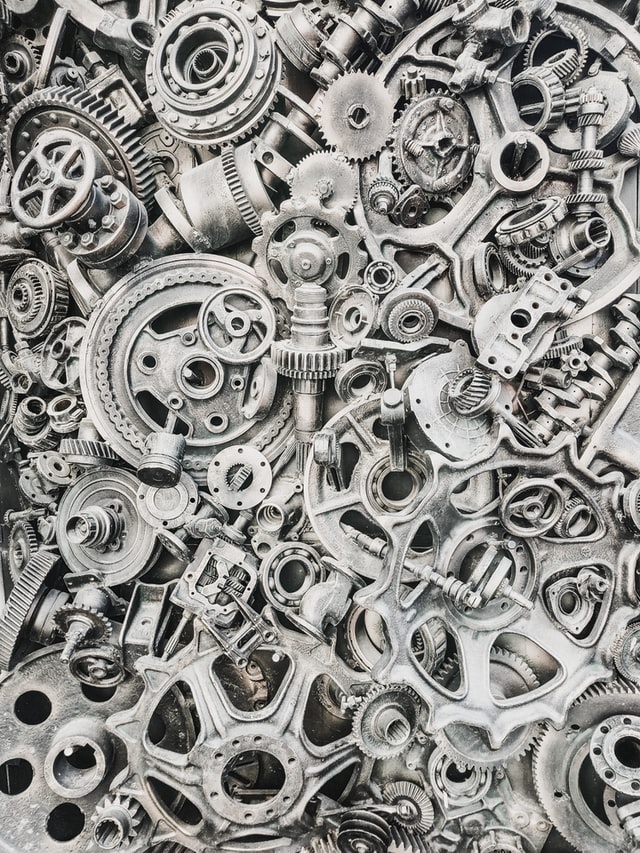Steel is one of the most essential building materials, used extensively across various industries. There are many types of steel, and selecting the right grade depends on its intended application. Due to its diverse mechanical properties and heat treatment capabilities, steel can be used for both large structures and everyday items. One of the primary factors that influences steel properties is carbon content. Even a small variation in carbon percentage can significantly affect steel characteristics.
Effect of Carbon Content on Steel
Increasing carbon content alters the steel’s internal structure. Below 0.8% carbon, the structure is made of ferrite and pearlite. At 0.8%, it consists entirely of pearlite. Above 0.8%, secondary cementite appears in addition to pearlite. These structural changes directly impact the steel’s mechanical properties.
Higher carbon improves hardness and tensile strength but reduces ductility. Steel with around 0.85% carbon reaches its peak strength. Beyond that, secondary cementite reduces overall strength.
Steel Applications
Steel is widely used in construction and heavy industry, especially in high-rise buildings where strength is vital. Choosing the proper carbon content enhances structural performance. Steel is also present in daily products such as watches and appliances.



